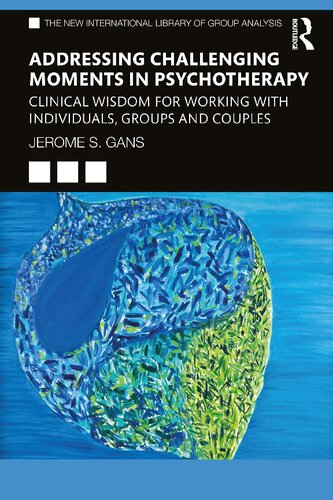

Most ebook files are in PDF format, so you can easily read them using various software such as Foxit Reader or directly on the Google Chrome browser.
Some ebook files are released by publishers in other formats such as .awz, .mobi, .epub, .fb2, etc. You may need to install specific software to read these formats on mobile/PC, such as Calibre.
Please read the tutorial at this link. https://ebooknice.com/page/post?id=faq
We offer FREE conversion to the popular formats you request; however, this may take some time. Therefore, right after payment, please email us, and we will try to provide the service as quickly as possible.
For some exceptional file formats or broken links (if any), please refrain from opening any disputes. Instead, email us first, and we will try to assist within a maximum of 6 hours.
EbookNice Team

Status:
Available4.5
25 reviewsThis practical and helpful volume details how clinicians can work through various common challenges in individual, couple, or group psychotherapy.
Chapters draw upon clinical wisdom gleaned from the author’s 48 years as a practicing psychiatrist to address topics such as using countertransference for therapeutic purposes; resistance, especially when it needs to be the focus of the therapy; and a prioritization of exploration over explanation. Along with theory and clinical observations, Dr. Gans offers a series of "Clinical Pearls," pithy comments that highlight different interventions to a wide range of clinical challenges. These include patient hostility, the abrupt and unilateral termination of therapy, the therapist’s loss of compassionate neutrality when treating a couple, and many more. Many of the "Clinical Pearls" prioritize working in the here-and-now. In addition to offering advice and strategies for therapists, the book also addresses concerns like the matter of fees in private practice and the virtue of moral courage on the part of the therapist.
Written with clarity, heart, and an abundance of clinical wisdom, Addressing Challenging Moments in Psychotherapy is essential reading for all clinicians, teachers, and supervisors of psychotherapy.